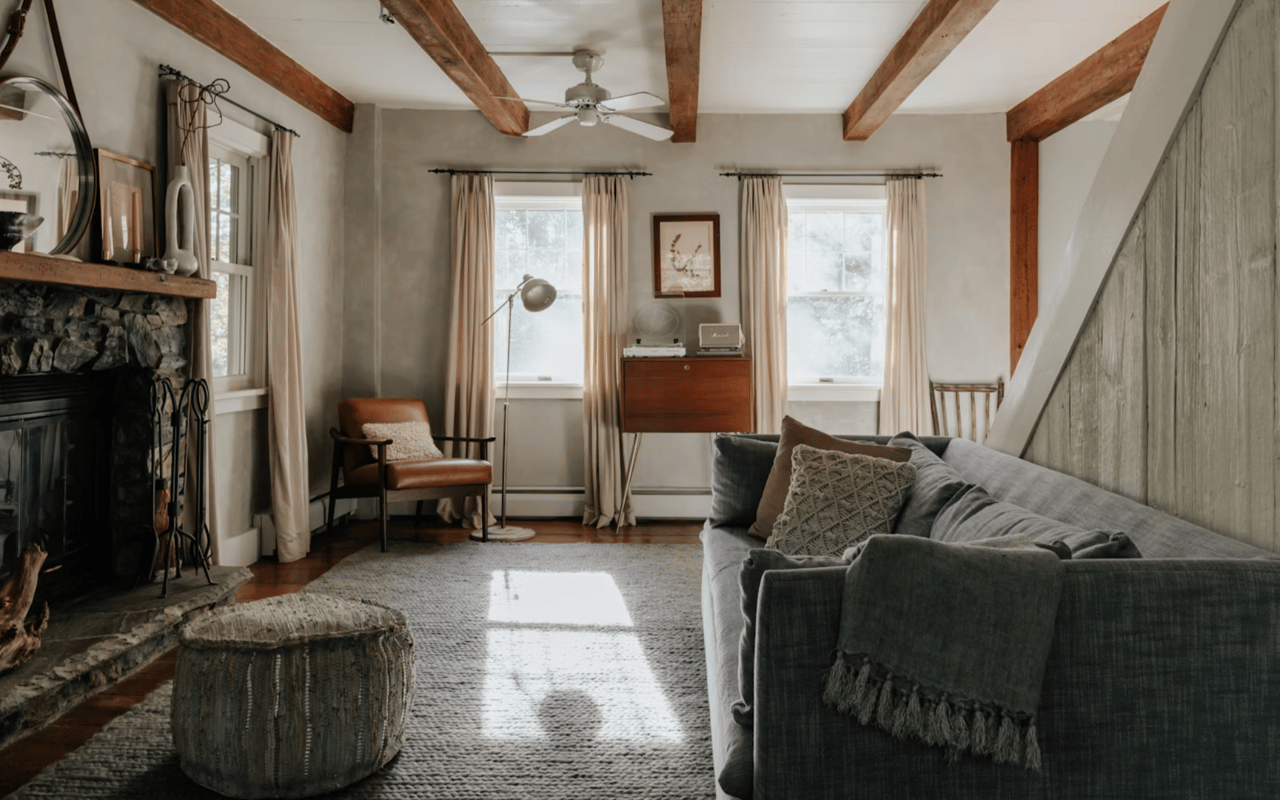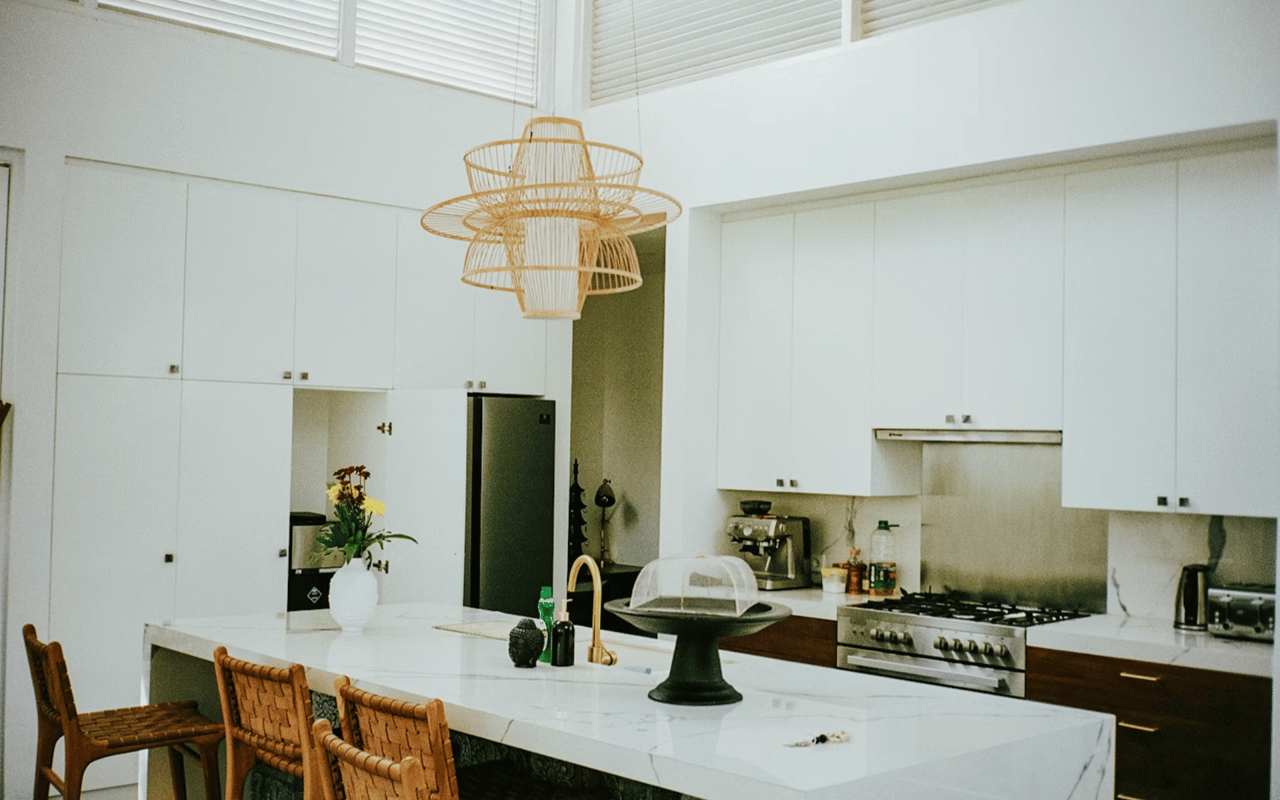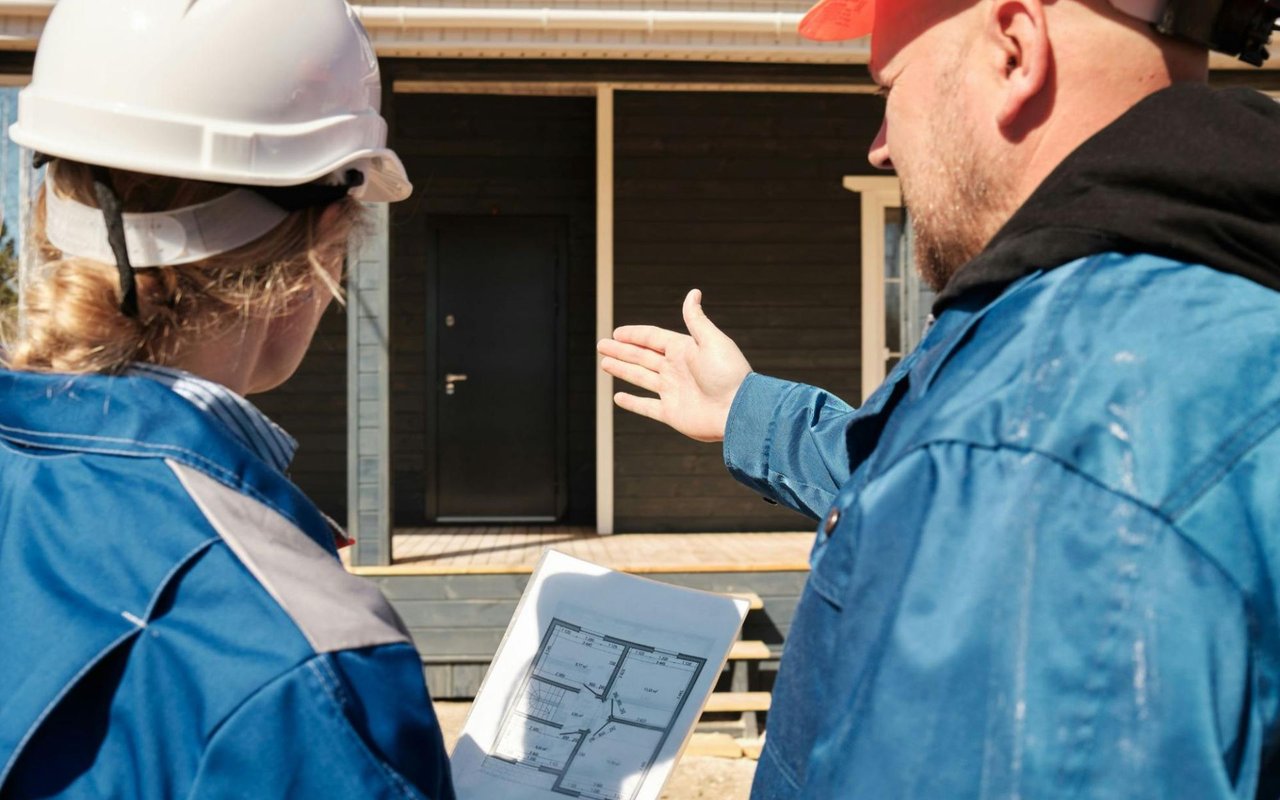When embarking on a property search, you may have encountered the term "move-in-ready,” which frequently appears in listings (often signaling convenience and immediate occupancy). A move-in-ready home suggests minimal immediate work is required, allowing buyers to settle in without significant delays. However, the precise meaning of "move-in-ready" can vary, and individuals need to understand what this designation truly implies before committing to a purchase.
This guide will explore the various facets of "move-in-ready" properties and help you determine whether this type of property meets your specific needs.
Defining "Move-In-Ready" Beyond the Surface
However, "move-in-ready" does not necessarily equate to brand new or fully renovated. A home might be perfectly livable but feature dated finishes, older appliances that still work, or a color palette that does not align with a buyer's aesthetic. It signifies functionality over pristine, customized perfection, setting important expectations for prospective owners.
The Appeal of Immediate Occupancy
This immediate availability removes the complexities of managing contractors, navigating permit processes, or arranging temporary housing while a property undergoes significant work. It provides a clear timeline for moving in, allowing for more predictable planning and execution of the relocation process. The ability to settle into a new residence without delay is a primary driver for many buyers.
Predictable Costs and Financial Efficiency
Renovations, particularly those involving older properties or unforeseen structural issues, can quickly accumulate costs beyond initial estimates. A move-in-ready home provides a more transparent financial outlook upfront, allowing for more precise budgeting and reduced risk of unexpected financial strain. This transparency in immediate expenses can be a significant benefit for budget-conscious buyers.
Less Stress and Reduced Decision-Making
Move-in ready homes come with predefined layouts and finishes, eliminating the need for buyers to make countless design decisions, select materials, or coordinate various contractors. This reduced decision-making burden and the absence of living in a construction zone contribute to a more tranquil and streamlined transition, which can appeal to first-time buyers or individuals with demanding careers.
Potential for Less Personalization
If customization and the opportunity to imprint a unique personal style onto a home are high priorities, a move-in-ready property might not offer the immediate blank slate desired. While cosmetic changes like paint colors or light fixtures can always be updated later, a complete overhaul of the layout or major finishes would essentially turn the move-in-ready home into a renovation project.
Importance of a Thorough Home Inspection
A professional inspector will meticulously examine key areas such as the structural integrity (foundation, roof, walls), electrical systems, plumbing, and HVAC systems. They can identify outdated wiring, minor leaks, signs of past water damage, or inefficient heating and cooling components that might lead to future expenses. Uncovering these potential problems before purchase allows buyers to negotiate repairs or a price adjustment.
Comparison to Fixer-Uppers
Fixer-uppers offer a blank canvas for customization, allowing buyers to design a home that perfectly aligns with their specific tastes and lifestyle needs. However, they demand a greater time commitment, involve more complex financing options, and come with a higher risk of unexpected costs as renovations uncover hidden issues. Move-in-ready homes trade this potential for customization and lower initial cost for immediate comfort, predictability, and reduced stress.
Suitability for Different Buyer Profiles
Conversely, a buyer who enjoys hands-on projects, has a specific design vision, possesses a tighter initial budget, or seeks the potential for significant long-term equity growth through "sweat equity" might find a fixer-upper more suitable. Ultimately, the decision hinges on an individual's priorities regarding convenience, immediate financial outlay, tolerance for stress, and desire for personalization.
Contact Shannon Thoke For Palo Alto Real Estate
Reach out today to get started.





